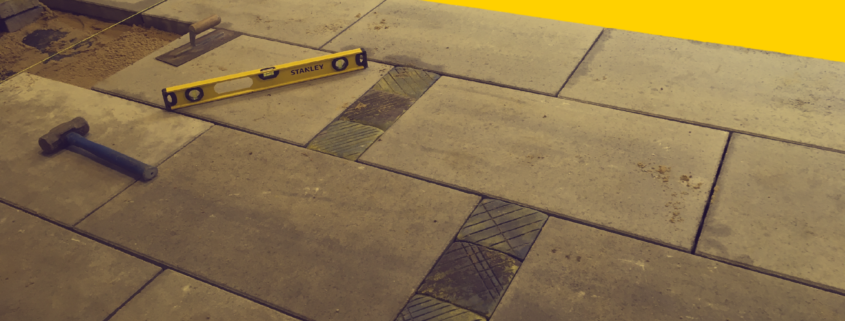Financial Tools for Artists: Who Checks on Your Health?
Artists face unique financial challenges—from irregular income streams to managing personal and business finances effectively. Choosing the right financial tools for artists to build healthy personal finance practices ensures stability, well-being and growth.
First, let’s review the most common and important tools for ensuring long-term strategic financial growth. Then, look at how a financial advisor might help you to better use those tools and finally we will consider how you can plan for the future with an advisor.
(Attend our Pro-session with Financial Advisor Christina Snyder to learn whether a financial advisor should be your next step. Join our Coworking with Creatives invite list to not miss out on future Pro-sessions.)
Monitoring Your Financial Health
At the center of your financial health are two critical financial tools for artists: a balance sheet and a cash flow statement. They will look different for everyone, but should provide the same essential information.
Financial Tool for Artists 1: A Balance Sheet
Download our sample balance sheet.
Think of it as your general physical health. A balance sheet provides a snapshot of your financial situation at any given point, detailing your assets (what you own), your liabilities (what you owe) and net worth. This overview helps you understand your net worth, which is a crucial indicator of financial health. The balance sheet is the big picture of your wealth.
How to use it
First, start by entering accurate values in the respective asset fields, including liquid assets (like cash, checking and savings accounts), investments (such as retirement accounts, crypto, stocks), real property (your home or other real estate), and personal property (vehicles, art, etc.).
This will help visualize the distribution of your assets and understand where your wealth is concentrated. Balance is important for well being.
Next, on the liabilities side, input all current debts including mortgages, car loans, credit card debt, and other personal loans. A properly setup balance sheet will subtract your total liabilities from your total assets to calculate your net worth.
Regularly updating this sheet (e.g., quarterly or annually) will help you track your financial progress over time, identify areas for financial redistribution, and make informed decisions about savings and investments. The balance sheet is a very good indicator of long term financial well being.
Financial Tool for Artists 2: A Cash Flow Statement
Download our sample cash flow spreadsheet.
Think of it as your fitness. A cash flow statement is designed to monitor how money flows in and out of your finances monthly, helping you manage your cash effectively to avoid shortfalls and optimize savings and investments. In early stage business CASH is king. If you can’t pay yourself cash to live, buy supplies to make your products, or pay staff to work you will be out of business shortly thereafter.
How to use it
Cash flow is defined by a time period, usually a month, but could be shorter or longer. To begin, enter all sources of income in the income section, including salaries, freelance payments, owner draws and investment returns. Next, detail your expenses, categorized as fixed (rent, mortgage, car payments) and variable (groceries, entertainment, unexpected expenses). A tool like the sample spreadsheet will calculate the total income and expenses over a time frame, providing a clear picture of your net cash flow (total income minus total expenses).
Then, use this report to identify delays in payments, opportunities to grow income streams, trending spending patterns and areas where you can cut costs. For instance, if you notice a lag in payment for certain services you may consider revising your invoicing or if you see a consistently high expenditure in discretionary categories, consider setting stricter spending limits. Additionally, track the ‘Net Cash Flow’ over several months to gauge the consistency of your savings or the frequency of dipping into savings for regular expenses.
By maintaining diligent records and checking in regularly, you can fine-tune your budget, confirm your payment structure works for outlays of cost of goods or services, and ensure that your spending aligns with your financial goals. You can adjust as necessary to manage seasonal fluctuations or life changes. Being proactive will greatly improve your financial stability and growth. Cashflow will impact your profit (or loss) and your wealth (or struggle to live).
Getting a Second Opinion
Ultimately, good financial tools for artists should be simple and flexible enough to account for the ebbs and flows of creative business. Producing and analyzing these financial documents can be a first step towards financial health.
If you feel like your financial health is in need of support, why not consider seeing someone who can help? A financial advisor might be the person you need to see. They will be able to help adjust your balance sheet and alter the trajectory of your cash. Ultimately, they can ensure you get the most out of these tools, learn to read them, and identify the changes that will have the biggest impact on your financial health.



